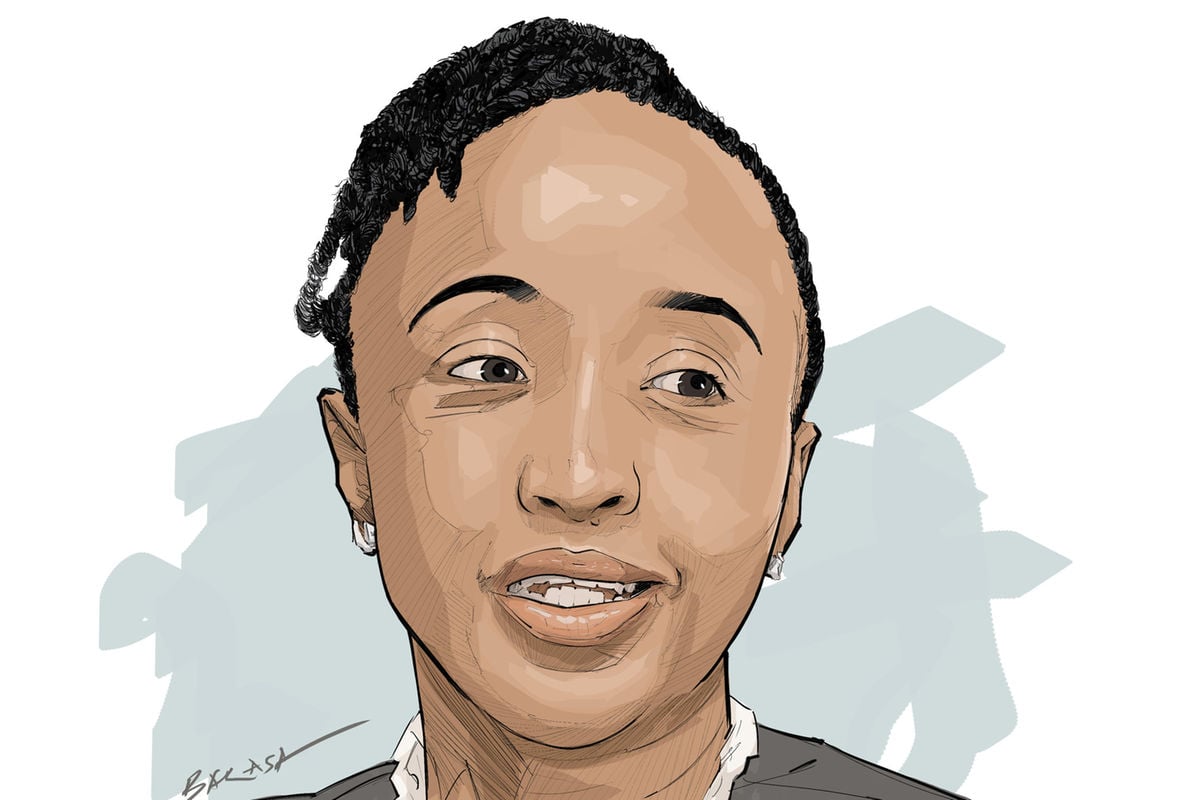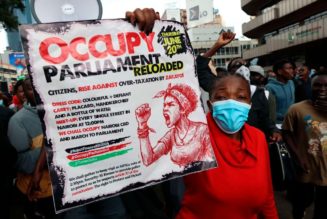
Bolt, the Estonia-headquartered ride-hailing firm entered Kenya in 2016, joining the highly competitive business.
Linda Ndung’u, general manager for Bolt operations in Kenya, spoke to Business Daily about the regulatory environment, the drivers’ push for higher commission and navigating the highly price-sensitive market in which customers have installed nearly all the apps as they search for affordability.
Last year in October, ride-hailing firms including Bolt had a challenge with National Transport and Safety Authority (NTSA) over licence renewal. How is the process this year?
There were no challenges. It was a normal business process. As part of the process of renewing our licence, NTSA conducts checks to ensure that in the course of the year, one has operated within the law. Even this year, we are going through the same process, where we submit our documents and they ask questions where they require clarifications.
But in the NTSA letter, there were issues raised to do with drivers’ commission and booking fees. Is there a common ground now?
For booking fees, it was all about different interpretations of the law at that time. Our legal position was that booking fees is technically not part of the trip fare. However, on the regulator’s side, their view was different.
Now we are aligned on the booking fees. This year, it is now about taxes. There is this contention about who should be paying value added tax (VAT). The tax position we have gotten from Kenya Revenue Authority (KRA) is that drivers should pay VAT. If you ask drivers, they will probably say something else. NTSA, at the moment, has not given a clear view.
App companies connect drivers to passengers. This is a service and the taxman has said that it is subject to VAT, which is to be paid by the consumer, in this case the drivers.
In practice, that means the total rate payable is 20.88 percent, with 18 percent going to us and 2.88 percent VAT (calculated as 16 percent of 18 percent), which we collect as collection agents and remit to KRA.
You have reviewed the fare upwards by 10 percent but drivers are still asking for more. How much room is there for further adjustments?
There is still a faction of drivers saying the 10 percent increment is not enough. We are working to communicate the why behind it. The macroeconomic situation is not good. The reality is the purchasing power of consumers has gone down and this is not an essential service. It is not unga. If people are pressed very hard, they will skip the service, which then means fewer customers.
This means there is only so much that we can take up prices without locking out a significant portion of passengers.
Other drivers feel Bolt should take less than 18 percent as commission so that they take home more without increasing fares. Is there room to cut your commission further?
In Tanzania, government imposed a cap of 15 percent as commission for app firms. For our business, it was not sustainable and we had to exit. A couple of months later, this was revised above 20 percent following a petition from drivers. This demonstrates that it is not that app firms are out to oppress drivers and make super profits. That is a wrong narrative, the reality is we could not sustain at 15 percent.
For many people, a tech firm like Bolt should not be complaining about high overheads. What does it take to keep your app running?
Many people think you just build the app and that is it. Before I came to the tech app space, to some extent, I held the same view. But now that I am in, I know it takes much more than that.
The app is under continuous maintenance and development. It uses real time information. We have about 30,000 drivers on the app and we have thousands of transactions happening in real time.
There is so much at the back end. For instance, we have to ensure that if someone pays with a card, that fee is deducted. There has to be teams handling customer refunds and system downtimes and those looking at the pricing algorithms and making adjustments depending on factors such as weather. When you consider all these, the operating expenses are huge.
With the stiff competition, one would imagine that prices should be going down and not vice versa…
Price is not the only answer to questions within ride-hailing business. There are other things that app companies can do to differentiate.
You cannot just differentiate on price. You can differentiate on quality and types of cars and two wheelers. I don’t subscribe to the notion that reducing price for eternity is the answer.
New players are entering the market and the number of drivers is increasing. Any expansion plans?
There is a lot of potential to expand in this market. Right now, the biggest space we share with our competitors is the greater Nairobi and Mombasa.
We are technically in six towns and the idea is to deepen our presence in these towns and beyond. I see room to replicate this beyond Nairobi given the very high smart phone penetration.
How do you navigate competition and safety given that drivers are signing up to multiple ride-hailing platforms?
We see unfortunate instances of errant drivers that when they suspended or switched off from one app, they simply switch to another. And because we don’t have a common way to share this kind of information across apps or with our regulator, we find such instances.
One of the things that NTSA is working towards is to build a platform where we can share such data on errant drivers. That means NTSA can use such information to cancel their licence and also help all apps not to onboard such people.
Drivers’ safety is now at stake, with some cases ending in murder. Have you thought about improving their safety?
A lot of initiatives appear to be customer-centric but we also think a lot about our drivers.
For example, we have a women-only category and those who are on this category are now allowed to choose not to accept a ride without their ratings beings affected. This means female drivers can cancel a ride if they think it is suspicious.
We’ve also mapped out unsafe areas. We highlight this on the app for drivers to see, they can opt not to take a ride. We also have an emergency assist button on our app to long-press when in life-threatening situations.
Newspapers have been replete with adverts of vehicles being auctioned. How has this impacted Bolt, given that some of the drivers are using cars they acquired through loans?
It is a sad story because there are people who saw potential in ride business but the high interest rates have seen them lose their cars. Sometimes we don’t have a full visibility of whether they own the cars or have hired.
We are trying is to bring a vehicle financing option on the platform. We have for the last two months piloted with Hakki Africa microfinance so that they finance drivers for ride-hailing vehicles at reasonable rates.
Bolt relies heavily on data analytics for its business. How is it coping in the era of enhanced customer data protection?
Every licensing period, the Office of the Data Protection Commissioner is very particular that app companies show it which data they use, where it is stored and how it is used. They even ask for access to the system to see that what we tell them is true.
Luckily, for us, as part of a global company, we are also governed by the European Union data protection policies that are even more stringent than those of Kenya. So we fully understand what we can and cannot do with drivers and customers’ data.









